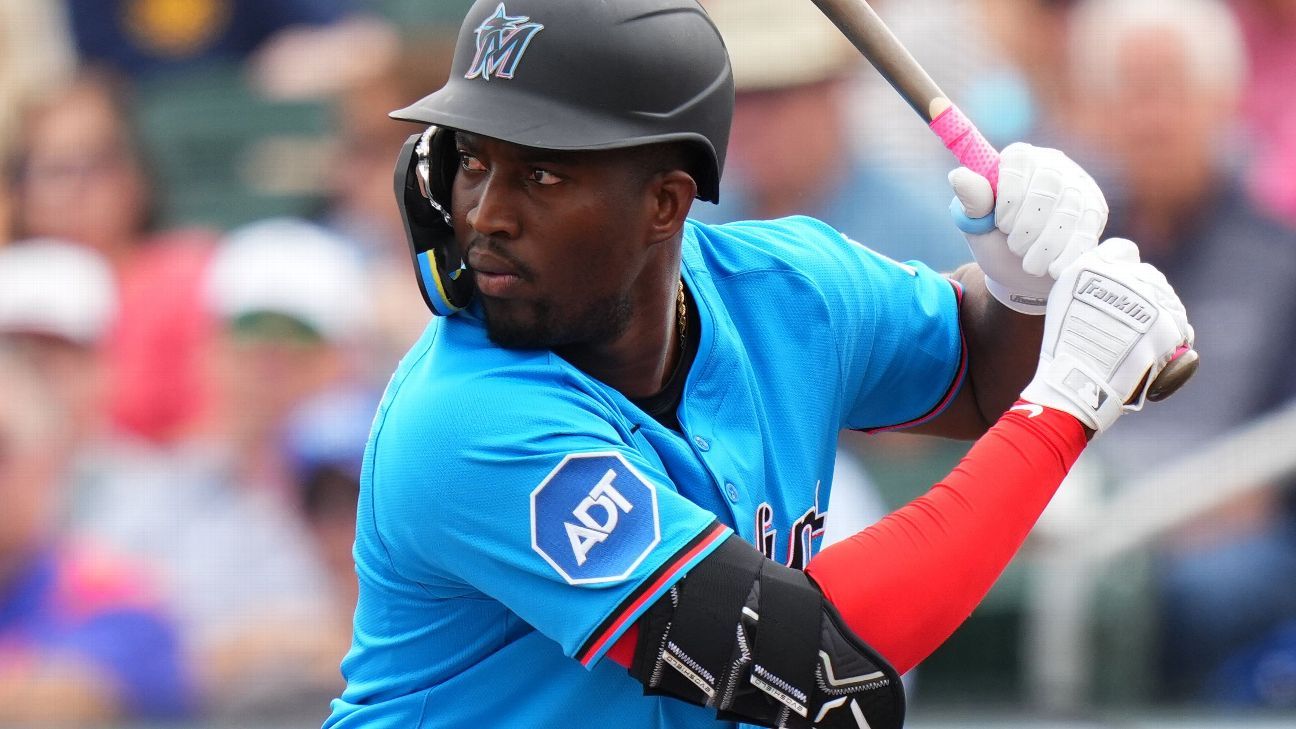
MOORESVILLE, N.C. — There will come a time long after racing returns in front of spectators when fans will look back at a period when real race car drivers competed against each other in virtual reality.
To some, it will be the beginning of a new dynamic to racing — when reality met the virtual world and created a vast new pipeline of interest in the sport. To others, however, it will be marked by an asterisk — something future generations will wonder what it all meant.
In 1974, the Daytona 500 nearly didn’t happen. The United States was in the midst of the Arab oil embargo. Gasoline was being rationed and American citizens were asked to sacrifice.
NASCAR was not the big-time sport it eventually became The perception was that race cars burning precious gasoline that was in short supply to the nation seemed like a target. Bill France, who ruled NASCAR at the time along with his son, Bill Jr., convinced government officials that more energy was consumed by fans driving to attend college and professional sporting events than what was used by race cars in a NASCAR race.
To do its part, NASCAR shortened races at the start of that season by 10 percent. The Daytona 500 ran only 450 miles and carries an asterisk next to it in the record books.
Fast-forward 46 years and 2020 will be a year full of asterisks.
When there is no NCAA Basketball Tournament champion, the asterisk will read “event canceled because of COVID-19 pandemic.” When The Masters golf tournament, hopefully, takes place in November, there will be an asterisk next to that to inform historians why it wasn’t held in April.
The Kentucky Derby is always the first Saturday of May. This year it has been rescheduled for Labor Day weekend.
Of course, the Indianapolis 500 was not run in May for the first time since 1945. The 104th Indianapolis 500 is scheduled for Aug. 23.
Hopefully, the COVID-19 virus will be under control and fans will be in attendance at Indianapolis Motor Speedway.
At this writing, sports were beginning to come back to life, but during the downtime auto racers were able to continue some form of live competition through iRacing.
FS1 and FOX televised the NASCAR iRacing events, while NBCSN carried IndyCar iRacing Challenge races. It may have been “virtual” racing, but it looked pretty realistic and for those of us who accepted it as another form of “entertainment,” it was a good way to stay connected to the personalities of each series.
From Clint Bowyer’s humor on the NASCAR iRacing telecasts to Conor Daly’s hilarious streams on Twitch.tv, fans got a chance to experience the fun.
Unfortunately, that “fun” didn’t leave everyone laughing.
Racing “purists” ridiculed virtual racing as “fake racing.” Apparently, they never understood the term “virtual” does not mean “real.”
NASCAR driver Bubba Wallace lost Blu Emu as a sponsor when he was accused of “rage quitting” the Bristol iRace on April 5. On Easter Sunday in a non-NASCAR iRacing contest, Kyle Larson was heard using a racial slur on the live audio stream, leading to him being suspended by NASCAR and losing his ride with Chip Ganassi Racing.
Larson apologized, took a sensitivity training course and was cleared to return to world of Outlaws competition, but his insensitive remark derailed what appeared to be a promising NASCAR career.
IndyCar’s iRacing series avoided serious controversy until the final laps of the final race at virtual Indianapolis Motor Speedway when tempers flared.
But there were also many positives.
For NASCAR’s William Byron and Timmy Hill, it created awareness that may translate to more fans when they compete in real NASCAR contests. Two-time Virgin Australia Supercars champion Scott McLaughlin was impressive in the IndyCar version with two wins during the six series races.
When he makes his NTT IndyCar Series debut, his name among American race fans will be further established.
NASCAR and IndyCar have attempted to connect with younger audiences in an effort to find new fans. Auto racing by nature appeals to an older audience who grew up as gearheads. Members of today’s younger generation look at automobiles as an outdated means of transportation and have spent much of their time with technology and virtual gaming.
Perhaps they will now be interested in real racing.
For the most part, however, this year marked the beginning of the iRacing era of auto racing. Only time will tell where that era leads.















 Phone: (800) 737. 6040
Phone: (800) 737. 6040 Fax: (800) 825 5558
Fax: (800) 825 5558 Website:
Website:  Email:
Email: 






